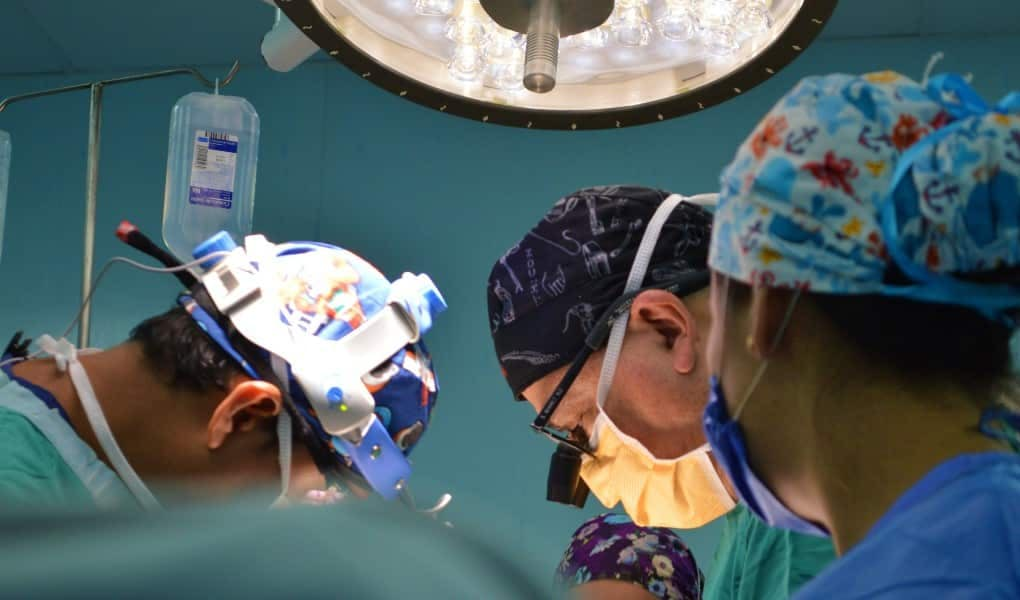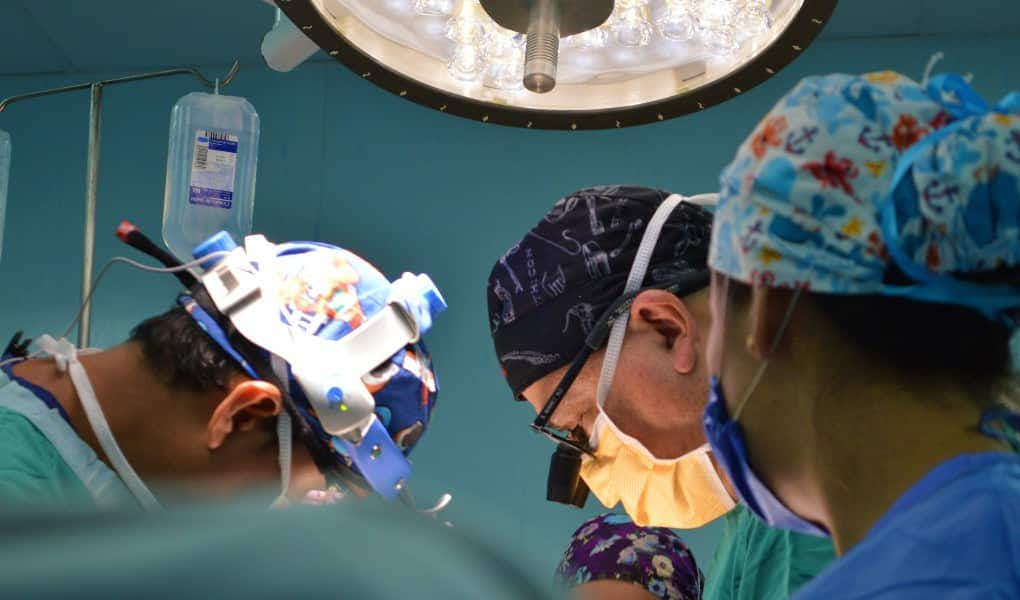Case Overview
Case Name: Alan Warner and Patricia Warner v. Wright Medical Technology, Inc., Wright Medical Group, Inc., Brad L. Penenberg M.D. and Harlan C. Amstutz M.D., No. BC475958
Case Type:
- Products liability – Design Defect; Failure to Warn; Breach of Warranty; Manufacturing Defect
- Medical Malpractice – Informed Consent
Injury:
- Hip – hip replacement
- Leg – fracture, leg; fracture, femur
- Other – prosthesis
- Pelvis
Plaintiff Attorneys:
- Steven R. Vartazarian of The Vartazarian Law Firm, APC
- George E. McLaughlin of Warshauer-McLaughlin Law Group, P.C
Defense Attorneys:
- David C. Van Dyke, Michael O. Fawaz, and Michael V. Kell; Howard & Howard for Wright Medical Technology, Inc. and Wright Medical Group Inc.
- Michael L. Kirby and Micaela Banach; Kirby Noonan Lance & Hoge LLP for Wright Medical Technology Inc. and Wright Medical Group Inc.
Case Outcome: Verdict – Plaintiff
Award Amount: $4,500,000.00
What Happened in the Hip Implant Fracture?
In July 2006, plaintiff Alan Warner (then 62 years old) underwent hip replacement surgery after falling in his home. After the first surgery, he then underwent corrective surgery due to a length difference in his legs caused by the prosthesis. After experiencing severe pain and swelling in his left hip, Warner again underwent surgery in November 2007. Defendant Dr. Brad Penenberg, an orthopedic surgeon, then recommended a revision hip replacement. Dr. Penenberg used the Wright Medical Technology Profemur R system.
In June 2009, an X-ray showed that the bone around the stem seemed to be attaching itself to the stem of the Profemur R system. A physician places this component inside the patient’s femur. On October 27, 2010, Warner suddenly experienced severe pain in his left groin. Additionally, Warner was unable to walk. The next day, the physician then diagnosed Warner with a left femoral stem fracture. His physicians also determined that the Profemur R implant had snapped at the stem.
A few days later, Dr. Penenberg again performed revision surgery on Warner, correcting the entire left hip implant. However, by February 1, 2011, the acetabular component did not take to Warner’s pelvis. The component also caused an anterior dislocation and subsidence of the femoral component. Despite an emergency hospital visit and a closed reduction of the hip, his hip remained unstable. Within days, on February 7, 2011, Mr. Warner underwent another hip implant revision surgery. However, the implant was from a different manufacturer this time.
Allegations and Testimony
Warner and his wife, Patricia Warner, then sued Wright Medical Technology Inc and Wright Medical Group Inc. The two also sued Brad Penenberg, M.D. and Harlan Amstutz, M.D. However, the suit with Wright Medical Technology was the only one to proceed to trial. The Warners raised product liability causes of action. Furthermore, they alleged that Wright Medical Technology designed and manufactured the Profemur R hip implant system defectively. Moreover, the plaintiffs claimed that the company failed to warn of the risks associated with the system. Specifically, the Warners asserted that the implant broke because the laser orientation mark, which physicians use to orient the device during surgery, was burned too deeply into the device. As a result, the component’s material became brittle and prone to corrosion.
Because the device’s microstructure was altered, as the Warners argued, it could no longer withstand the stresses of normal patient use. The plaintiffs claimed that laser engravings deeper than 35 microns can cause titanium in metal implants to become brittle, with the marks in the Profemur R being 100 microns deep.
Wright Medical Technology argued that the break in the device was not due to a defect. Rather, the physician failing to properly affix the implant to Warner’s bone caused the break. The defense also asserted that Dr. Penenberg should have chosen a larger-sized implant system to better fit Warner. Overall, Wright Medical Technology argued that Warner’s injury was an aberration in its otherwise strong track record of clinical successes.
Who Won the Hip Implant Fracture Case?
The jury found that the fracture of the Profemur R hip implant system was the result of a manufacturing defect. The jury awarded Warner $4 million for past and future pain and suffering. Additionally, the jury awarded Warner’s wife $500,000 for loss of consortium.
Expert Specialties
The plaintiffs retained expert witnesses in:
The defendants retained expert witnesses in:
Key Takeaways
The plaintiffs needed to establish that the fractured stem was the result of a manufacturing defect that caused corrosion of the laser markings. Thus, the plaintiffs relied on the testimony of an engineering expert experienced in working with titanium alloys. The plaintiffs also relied on the opinions of a mechanical engineer and orthopedic prosthesis designer. Both experts opined that the laser marking process constituted a manufacturing defect. The experts further testified that such a defect could cause the stem to break.
In part based on the plaintiffs’ expert testimony, an appeals court dismissed the defendant’s post-trial appeal. The defendant’s appeal contended that there was no substantial evidence supporting the finding that the device was defectively manufactured. The appellate court decision denying the defendant’s appeal makes clear that there was significant weight given to the plaintiffs’ two expert witnesses’ testimonies. Interestingly, the defendants had previously failed to timely object to one of the expert’s testimonies concerning the properties of titanium alloys contained in the stem, which the expert gave outside the scope of the expert’s deposition. The appellate court found that Wright Medical Technology forfeited this issue by failing to timely object during the expert’s testimony.
The Warner case is an example of how litigation concerning metal implant devices can become highly complex and scientific. The hyper-technical focus on the laser marking itself seems to be the evidence that ultimately swayed the jury. The Warner case is also a strong reminder that litigants should be sure to timely object to any scientific evidence that goes beyond the scope of what has been previously disclosed to counsel.




